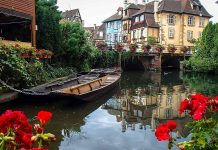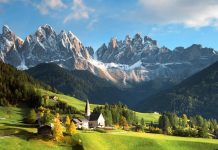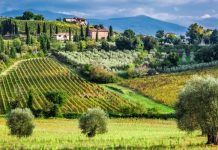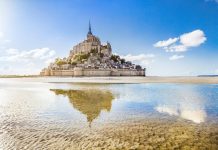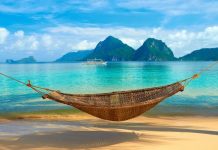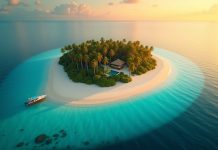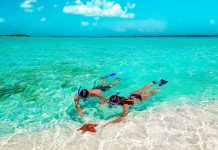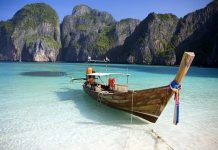
Namibia’s Skeleton Coast: A Surreal Desert Where Dunes Meet the Atlantic
Namibia’s Skeleton Coast is one of the most hauntingly beautiful and desolate landscapes on Earth. Stretching over 500 kilometers (310 miles) along the Atlantic Ocean, this remote region is where towering sand dunes collide with frigid ocean waves, creating an otherworldly scene of contrasts. Named for the countless shipwrecks and whale bones that litter its shores, the Skeleton Coast is a place of eerie beauty, extreme solitude, and remarkable wildlife adaptations.
A Landscape of Stark Contrasts
The Skeleton Coast is part of the Namib Desert, one of the oldest and driest deserts in the world. Here, the cold Benguela Current from Antarctica meets the scorching desert, producing dense coastal fog that rolls inland, shrouding the dunes in an almost mystical haze. The fog is a lifeline for the few creatures that survive in this harsh environment, providing just enough moisture to sustain them.
The coastline itself is a graveyard of shipwrecks, with rusted hulls half-buried in the sand—a testament to the treacherous waters and unpredictable currents that have claimed countless vessels over the centuries. Portuguese explorers once referred to this stretch as “The Gates of Hell,” while indigenous San people called it “The Land God Made in Anger.”
Wildlife in a Hostile Environment
Despite its inhospitable reputation, the Skeleton Coast supports a surprising variety of wildlife uniquely adapted to the extreme conditions:
- Desert-adapted elephants – Some of the only elephants in the world that survive in desert conditions, traveling vast distances between water sources.
- Brown hyenas and jackals – Scavengers that feed on seal carcasses and marine life washed ashore.
- Cape fur seals – Tens of thousands gather at colonies like Cape Cross, one of the largest seal populations in the world.
- Oryx and springbok – These antelopes survive by extracting moisture from the plants they eat and enduring the relentless sun.
Birdlife is also abundant, with flamingos, pelicans, and cormorants drawn to the nutrient-rich waters of the Atlantic.
Shipwrecks & Human History
The Skeleton Coast has claimed countless ships over the centuries, from Portuguese caravels to modern fishing vessels. Some wrecks, like the Eduard Bohlen (1909), lie stranded kilometers inland, carried there by shifting sands over decades. Others, such as the Dunedin Star (1942), are surrounded by tales of survival and tragedy.
The indigenous Himba people have long inhabited the inland regions, while European explorers and miners ventured here in search of diamonds and other resources. Today, much of the coast is protected within the Skeleton Coast National Park, accessible only by guided tours or fly-in safaris.
Experiencing the Skeleton Coast
For adventurous travelers, the Skeleton Coast offers a truly unique experience:
- Scenic flights – The best way to grasp the scale of the dunes meeting the ocean is from the air.
- 4×4 expeditions – Guided tours take visitors through rugged terrain to hidden oases, shipwrecks, and seal colonies.
- Clay castles & salt pans – The Hoarusib River’s “Clay Castles” are surreal rock formations sculpted by wind and water.
- Fishing villages like Terrace Bay – One of the few human settlements, offering basic lodging for intrepid visitors.
Conclusion: A Land of Mystery & Beauty
Namibia’s Skeleton Coast is a place of extremes—where life persists against all odds, where the desert and ocean wage an endless battle, and where history lies buried in the sands. It is not a destination for the faint-hearted, but for those who seek raw, untouched beauty, it is an unforgettable journey into one of Earth’s last true wildernesses.



